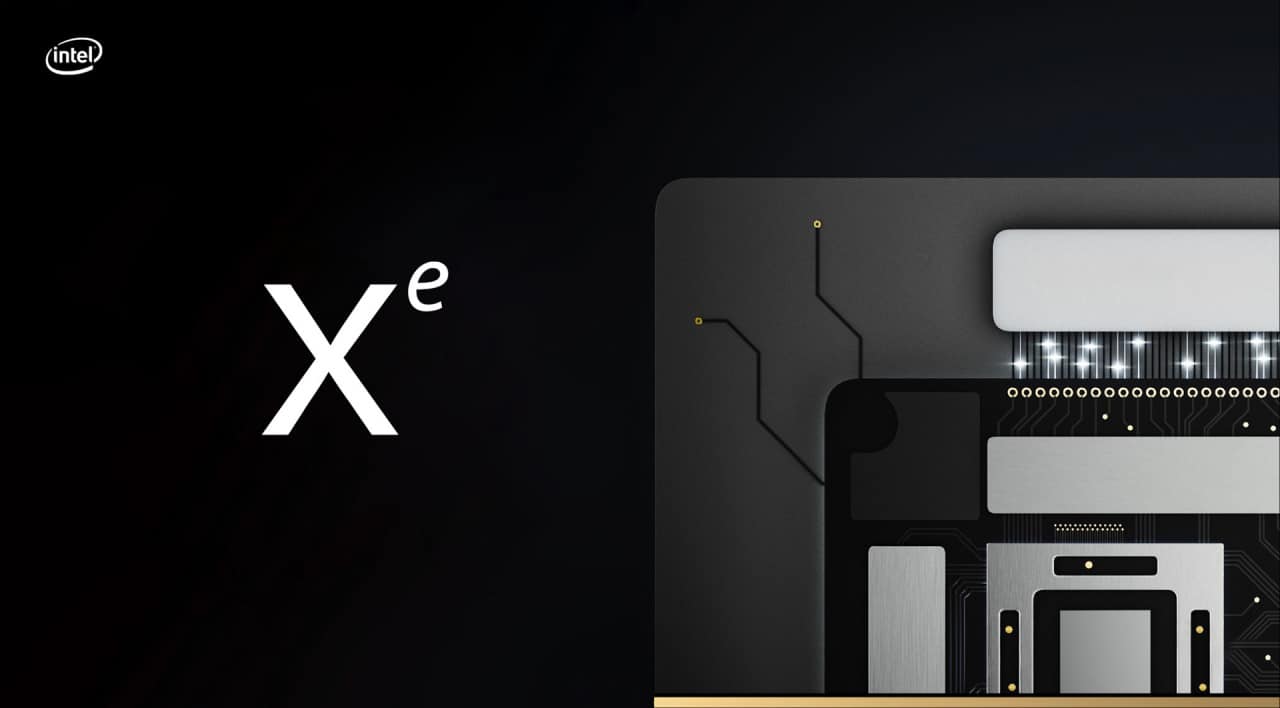That Intel is investing in a return to the graphics card market has been clear for several years, where the first consumer-oriented products have already found their way into the market. The basis for the new investment is the scalable graphics architecture Xe, which can be used for everything from integrated graphics in power-efficient laptops to powerful computing circuits for data centers. In the borderland is game-oriented graphics with the stamp Xe High Performance Gaming (HPG), with a planned debut sometime in 2021.
Rumor has it that the family is divided into six levels of performance, but where the collection is located compared to the current lineup from AMD and Nvidia can only be speculated in. Now graphics manager Raja Koduri takes to Twitter to offer a look back to 2012, and in the same crank he suggests what can be expected of Xe-HPG.
The two images show the work in Intel’s development laboratory, where the upper one is 9 years old, and shows when the then Apple employee Koduri test drove a pre-production version of the integrated graphics part “Crystalwell”. The solution was later named Iris Pro 5200 and a place in processors such as the Core i7-4770R, a component that was characterized by dedicated graphics memory of 128 MB.
It is against this solution that Koduri now presents relative performance for what is to come in Xe Road: more than 20 times higher. In the lower picture, the graphics manager is testing an unnamed graphics part in 3DMark and by rooting in the database for the Fire Strike test, for example, it can be seen that the aforementioned Iris Pro 5200 has just over 1,500 graphics points in this context. It places the unknown modern graphics part at just over 30,000 points – in the same district as the Geforce RTX 3070.
Since Xe-HPG is a well-known item on the company’s agenda, it is likely that this will be tested, although it is not explicitly mentioned in the Twitter post. Another caveat is that Koduri does not write in which contexts the 20 times higher performance applies, but given that the 3DMark suite appears on the screen, it is a reasonable assumption that such a load is intended.
It remains to be seen if Intel manages to reach the Geforce RTX 3070 performance with Xe-HPG on the first try, but if so, the graphics card market will be transformed into an area with three strong players – apart from continued duality in the absolute top class. So far, it is known that the external party will be responsible for the Xe-HPG production, but exactly when the cards will make their debut remains to be seen.















